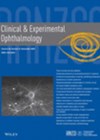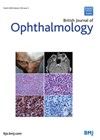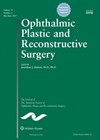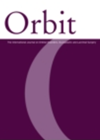
Journal Reviews
Surgical outcomes of isolated medial rectus palsy
Isolated medial rectus is a rare clinical entity. This prospective study of 32 patients from China showed that this was caused most commonly by iatrogenic injury (43.75%), trauma (37.50%) and congenital (18.75%) causes. An average of 60 ±25 prism dioptres...
Ocular adnexal marginal zone b-cell lymphoma
This is a multicentre retrospective study of seven eye centres of 689 patients with ocular adnexal extranodal marginal zone b-cell lymphoma (OA-EMZL). The median follow-up time was 42 months and the median age was 62 years. Fifty-five percent were women;...
Is exenteration helpful in invasive fungal sinusitis?
Invasive fungal sinusitis is a potentially lethal disease that causes painful orbital apex syndrome with ophthalmoplegia and visual loss. The mechanism of ophthalmoplegia and visual loss is not clear, and neither is the role of radical surgery-orbital exenteration. The authors...
Bioengineered human tissue
This is a literature review of the current status of tissue engineering related to ocular and oculoplastic reconstructive surgery. The authors describe the process of bioengineering for tissue reconstruction. The aim is to reproduce functional tissue by the use of...
AlloDerm for correction of lower lid retraction
This is a retrospective review of 95 eyes of 54 patients undergoing orbital decompression for Graves’ orbitopathy. All patients had a swinging eyelid approach across the whole of the lower lid. Thirty-six eyes also had insertion of a 0.3mm thick...
Bisphosphonates can cause orbital inflammation
The authors describe four patients with bisphosphonate induced orbital inflammation and review a further 25 cases in the literature. Intravenous zoledronate was the most common precipitant (76% of cases) with the mean time until onset of inflammation being three days...









